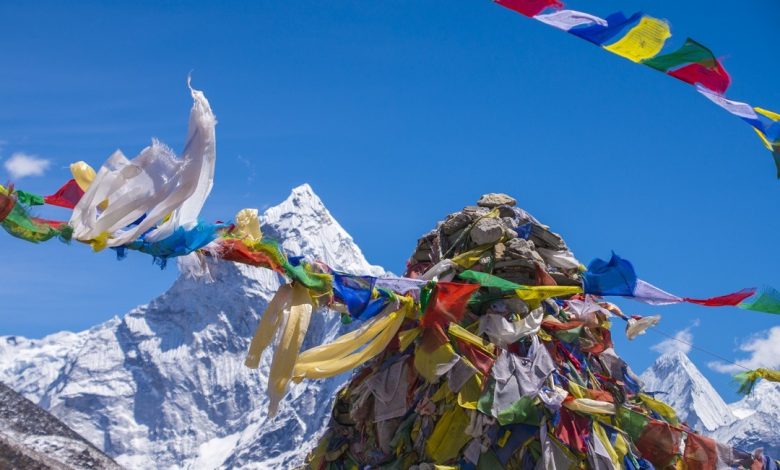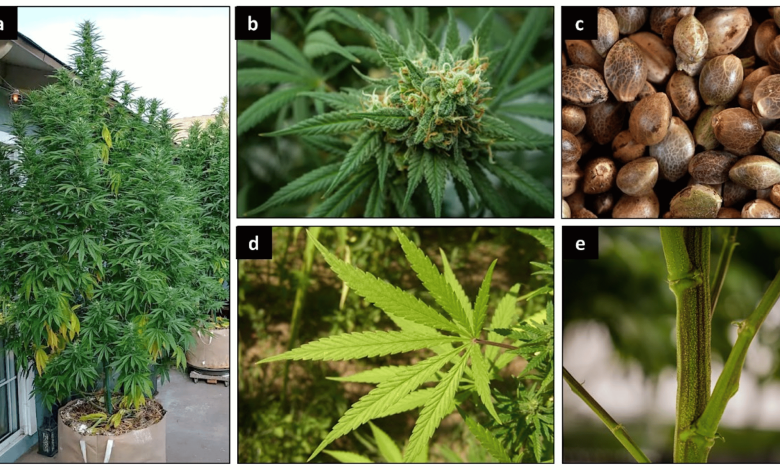
When it comes to trekking in the Himalayas, two treks often steal the spotlight. They are the Annapurna Base Camp (ABC) Trek and the Everest Base Camp (EBC) Trek. Both treks are legendary. They offer stunning views, rich cultures, and a sense of achievement. How do they compare to one another? Let’s break down the differences and help you decide which trek might be the best fit for you.
Difficulty Level: Everest Base Camp vs. Annapurna Base Camp
The Everest Base Camp Trek is harder than the Annapurna Base Camp Trek. The primary reason is the higher altitude and the longer duration of the EBC trek. The trek takes you to Everest Base Camp at 5,364 meters (17,598 feet). The thin air there raises the risk of altitude sickness. The trek covers 12 to 14 days, including time for gradual altitude changes.
In contrast, the Annapurna Base Camp Trek reaches a lower greatest altitude of 4,130 meters (13,549 feet). It is generally shorter, taking about 7 to 11 days, and involves less strenuous ascents. The ABC trek is tough, especially the final push to base camp. But, it’s often seen as easier for beginners and the inexperienced in high-altitude treks.
Scenery: Which trek offers better views?
Scenery is subjective. But both treks have breathtaking views. They appeal to trekkers worldwide. The Everest Base Camp Trek is famous for its stunning views. It overlooks some of the highest peaks, like Everest, Lhotse, Nuptse, and Ama Dablam. Trekkers also enjoy the Khumbu Icefall and the Sherpa culture.
The Annapurna Base Camp Trek presents a different kind of beauty. The route takes you through varied landscapes. They include dense rhododendron forests, terraced fields, and high alpine terrain. The trek ends with a stunning 360-degree view of the Annapurna Massif. It includes peaks like Machapuchare (Fishtail), Annapurna South, and Hiunchuli. The lush greenery and snow-capped mountains create a unique view.
Crowd Levels: EBC vs. ABC
Both treks are popular. But, the Everest Base Camp Trek attracts more trekkers. This is especially true in the peak spring and autumn seasons. Everest’s allure draws people from around the world. This leads to busier trails, crowded tea houses, and a bustling trekking scene.
The Annapurna Base Camp Trek is less crowded than the more popular ones. This makes for a quieter, more serene trekking experience. The trails are less congested, offering a more intimate connection with nature.
- You’ll have more space to yourself, with fewer people on this route.
- The trails are less crowded compared to the Everest Base Camp trek.
Connectivity: Staying in Touch on the Trails
Both treks are easier to connect on now. But there are differences. On the Everest Base Camp Trek, Wi-Fi and mobile networks are better in larger villages like Namche Bazaar. However, as you ascend, connectivity becomes slower and more expensive.
The Annapurna Base Camp Trek has less Wi-Fi, especially on remote trail sections. Mobile networks are available but can be unreliable in certain areas. This is an opportunity to disconnect from the digital world. You can then immerse yourself in the trek’s natural beauty and culture.
Itineraries: Suggested Routes for EBC and ABC Treks
![]()
A typical itinerary for the Everest Base Camp Trek might look like this:
Day 1: Fly to Lukla and trek to Phakding.
Day 2: Trek to Namche Bazaar
Day 3: Acclimatization day in Namche Bazaar
Day 4: Trek to Tengboche
Day 5: Trek to Dingboche
Day 6: Acclimatization day in Dingboche
Day 7: Trek to Lobuche
Day 8: Trek to Gorak Shep and hike to Everest Base Camp.
Day 9: Trek to Kala Patthar and then descend to Pheriche.
Day 10: Trek back to Namche Bazaar
Day 11: Trek to Lukla
Day 12: Fly back to Kathmandu.
A suggested itinerary for the Annapurna Base Camp trek could be:
Day 1: Drive to Nayapul and trek to Tikhedhunga.
Day 2: Trek to Ghorepani
Day 3: Hike to Poon Hill for sunrise, then continue the trek to Tadapani.
Day 4: Trek to Chhomrong
Day 5: Trek to Bamboo
Day 6: Trek to Deurali
Day 7: Trek to Annapurna Base Camp
Day 8: Trek back to Bamboo
Day 9: Trek to Jhinu Danda (hot springs)
Day 10: Trek to Nayapul, and drive back to Pokhara.
Choosing Between Everest Base Camp and Annapurna Base Camp
![]()
It comes down to your tastes and background. Choose between the Everest Base Camp Trek and the Annapurna Base Camp Trek. For a tough trek with stunning, high-altitude views, try the Everest Base Camp Trek. It has a vibrant trekking community, too. It’s perfect for those who want to be part of the legendary Everest experience.
If you want a trek with varied scenery and a calm vibe, try the Annapurna Base Camp Trek. It’s less demanding, too. It’s perfect for trekkers who want a rich cultural experience. They can explore some of Nepal’s most varied and beautiful terrain.
Conclusion
The Everest and Annapurna Base Camp treks offer unforgettable adventures. Each has a unique charm. The towering peaks of Everest and the lush, diverse Annapurna await you. Either choice will create lasting memories, and gain a deep appreciation for the majestic Himalayas.



